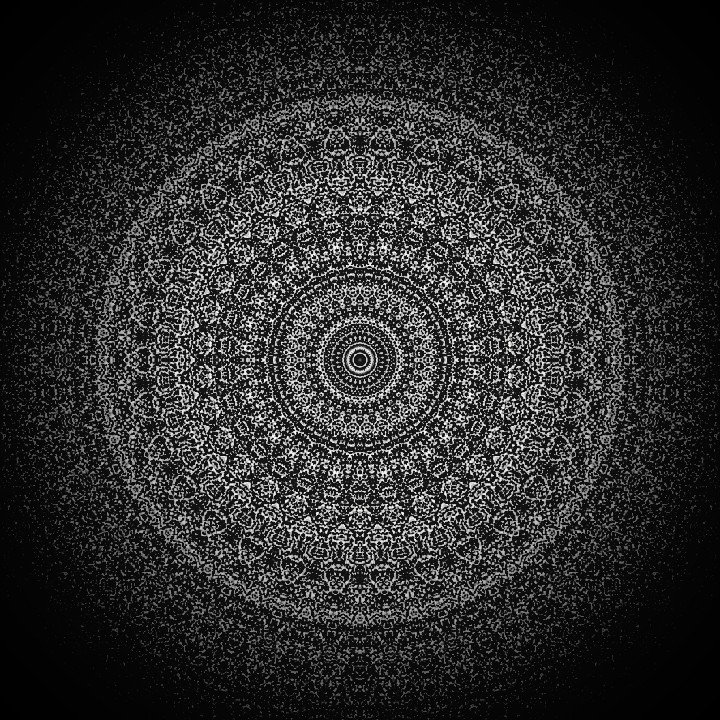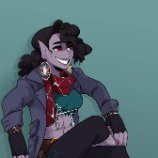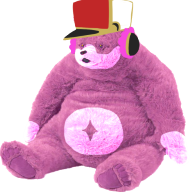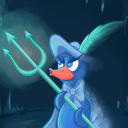Remember Rule 5, Noir.
I stand by my earlier view that stall in gen4 was certainly an intelligent and viable playstyle. I have nothing against your opinions, which of course are yours and no concern of mine in the ordinary course of this discussion. For the record, there's no need to attack my opinion about stall, because it isn't an opinion; it's a statement, and I tend to keep personal biases outside of my statements (unlike your case, wherein your statement against a playstyle's effectiveness and groundwork is driven by personal opinion) when presenting what is essentially a critical analysis. I myself dislike stall, despite using it in gen4 (which choice, again, as a professional competitive player, is wholly separate from my private sentiments, and forms but a part of the wide range of tactics one would use in the course of one's competitive career in order to gain insight into the workings of different playstyles) and so I stand by you personally w.r.t stall as an attitude. And yet, as a presenter of an analysis, I would ask you to base your criticism objectively and with reference to the context. Your assertions may arise from personal experience but must not ideally be based on personal biases or tastes. No 'arguments' would be invited, as you suggest, should all parties involved conduct themselves with the true spirit of analysis. And while we're at it, we can do without acerbity in our expression.
To return to my statement, let us briefly examine the Gen4 Timeline. DP started the meta, and for a considerable time, the meta revolved around Garchomp, Lucario, Infernape and heavy hitters of a similar nature. Platinum, unlike what newer players might imagine, was a sea change, bringing with it Tutor moves to old favourites and expanding the horizons of many previously mediocre Pokemon. It was Platinum that brought about Bullet Punch Scizor (a timeless classic), the Rotom Formes (though they were all ghost type then), Dragon Dance + Outrage Salamence (putting Dragonite in the grave, unfortunately) and the like. HGSS brought even more to the table, such as Synthesis access to many grass types, Bug Bite to augment Scizor further (cementing it as the number one OU Pokemon), Bounce to Gyarados and Extreme Speed to Dragonite to give it a second lease on life in Salamence's shadow. During this time, Garchomp, that perfect Pokemon, was quick to be elevated to Ubers along with Deoxys. With the departure of those two, HO lost some of its prime lustre, and sand teams found Flygon as an acceptable alternative. The trial of Latias in OU marked the rise of sand balance (and fat sand in general) and its eventual departure along with that of Salamence left the field finally open to arguably the maximum creativity ever witnessed in OU play.
My assertion is placed definitively in the post-salamence era, when the departure of some of the most centralising Pokemon in the meta allowed experimentation with the underdogs, that could now see a new chance to shine. Yanmega, Lead Roserade and Flygon benefitwd greatly, and Stall and Semi-Stall/Balance as a style grew in viability...and in creafivity.
For late Gen4 was indeed open to the most diverse team spreads I have ever seen in my experience of Pokemon play. The lack of team preview only made the chance element greater, and therefore made building more challenging as well as more fun with all the anticipation and preparation necessary to handle a surprise Specs Yanmega or Rain Dance Kingdra. Stall in particular was renewed, in part due to the removal of the terrifying Mixmence, and in part due to the more or less level field which allowed the domination of defensive steel+water cores. Such Pokemon as Hippowdon, Blissey and Bronzong remained staples for the most part, but novations such as Tentacruel, Milotic, LeechSeed Roserade, Spiritomb, Dusknoir etc became possible. Stall indeed required intelligent building and play, not merely because the number of threats to prepare for was so large, or because the lack of team preview meant extreme caution, but especially because of the inherent cautiousness and prediction that stall necessitated. It would not do to allow team members to die off when the opponent could spring a surprise MixRachi and flinch your Blissey to death and Grass Knot away the Hippowdon. Hence the rise of Obi stall (as pioneered by that person), which took into account the use of unconventional Pokemon and tactics to make stall more than a playstyle, but an archetype of creative integrity, designed to withstand almost anything that gen4 could throw, barring hax. (And Hax, I should remind you, is pervasive and not exclusive to stall. I do not support your claim that stall relies on hax; the crux of Gen4 stall is that does not do so; though Scaldspam of later generations might cultivate that premature conception about stall as a playstyle. Besides, no properly crafted archetype should rely on chance unless it is genuinely abusable, as is the case with Serene Grace--which, in fact, is used by offensive and not defensive positions as a rule.)
This is unlike stall in later generations, which, alas, became infested with eviolite and pink blobs in general (and also again centralised the scope of stall to be limited to just those few mons that could stomach the massive power creep, making Semi-Stall and balance narrower and creativity in diversity far lessened). It is true that some claim of it devolving into nothing more than switching to the appropriate textbook counters and sponging hits (a state of affairs that is alas deplorable), but that is also owing to the fact that new Pokemon offensive monsters of later generations restricted not just the scope but the very viability of stall.
In continuation of this, I shall discuss the construction of gen4 stall and defensive teambuilding in general in my next sequence.


.thumb.jpg.365015935af20708473ecba0855ffaa8.jpg)



